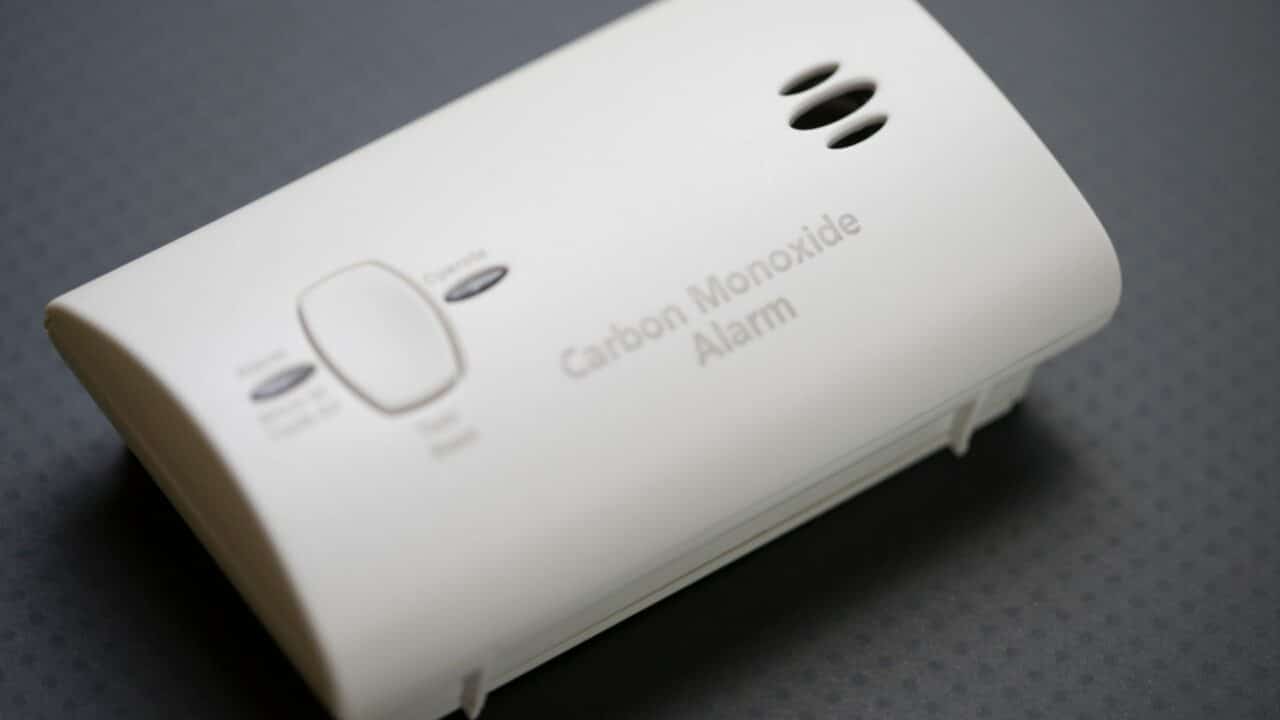Carbon monoxide poisoning is more common in winter because we run furnaces, space heaters, and use fireplaces — often with windows sealed tight for warmth. Poor ventilation and faulty appliances can turn your home into a danger zone without warning.
Why Winter Is Prime Time for Carbon Monoxide Poisoning
When the temperature drops, we seal up our homes, crank up the heat, and spend more time indoors. But winter also brings a serious — and often overlooked — danger: carbon monoxide (CO) poisoning.
Known as the silent killer, carbon monoxide is an invisible, odorless gas that can be deadly if it builds up indoors. And winter is when the risk is highest.
In this article, we’ll explain:
-
What causes carbon monoxide buildup
-
Why the risk increases in winter
-
Common sources of CO in your home
-
How to prevent exposure and keep your family safe
What Is Carbon Monoxide, Exactly?
Carbon monoxide is a byproduct of burning fuel — like gas, oil, wood, or charcoal. When combustion appliances work properly and vent correctly, CO is safely expelled outside. But when there’s a blockage, leak, or malfunction, CO can enter your living space instead.
What makes it dangerous is that you can’t see, smell, or taste it — and symptoms often feel like the flu or exhaustion.
Why Carbon Monoxide Risks Spike in Winter
Winter brings a perfect storm of CO risk factors:
-
Furnaces run constantly, especially during cold snaps
-
Chimneys and vents may be blocked by ice, snow, or nesting animals
-
People use space heaters, generators, or kerosene heaters — sometimes improperly
-
Homes are sealed tightly for energy efficiency, reducing airflow and ventilation
-
More people rely on wood-burning stoves and fireplaces
Combine that with closed windows and extended time indoors, and even a small CO leak can become a major health hazard.
Common Winter Sources of Carbon Monoxide in Homes
Here are some of the most common culprits:
🔥 Furnaces & Boilers
A cracked heat exchanger, blocked flue, or poor combustion can send CO into your ducts instead of outside. Annual inspections are a must.
🪵 Fireplaces & Wood Stoves
Creosote buildup or closed flues can cause smoke and gases to backdraft into the home. Always check that your damper is open before lighting a fire.
🔌 Portable Generators
Running a generator in or near a garage or basement — even with the door cracked — can push deadly CO into the home. Generators should be at least 20 feet away from windows or doors.
🛠 Space Heaters (Gas or Kerosene)
Unvented or improperly used heaters release CO directly into the room. Never run them overnight or in unventilated spaces.
🚗 Idling Vehicles in Garages
Starting your car to warm up inside a closed or attached garage, even briefly, can cause CO to seep into the home.
Symptoms of Carbon Monoxide Poisoning
CO poisoning can feel like a cold, hangover, or fatigue, which is why it often goes unnoticed until it’s too late.
Mild to moderate symptoms include:
-
Headache
-
Dizziness
-
Nausea or vomiting
-
Shortness of breath
-
Confusion or blurred vision
Severe symptoms:
-
Chest pain
-
Muscle weakness
-
Loss of consciousness
-
Death
If multiple people in your home feel sick at the same time — and symptoms improve when leaving the house — it’s time to suspect CO.
How to Prevent Carbon Monoxide Poisoning in Winter
✅ Install Carbon Monoxide Detectors
-
Place one on every floor and near sleeping areas
-
Test monthly and replace batteries twice a year
-
Replace the detector every 5–7 years (check manufacturer label)
✅ Get Annual HVAC & Chimney Inspections
-
Have your furnace and boiler professionally inspected each fall
-
Chimneys should be cleaned and checked for blockages before winter use
✅ Use Fuel-Burning Devices Safely
-
Never use grills or camp stoves indoors
-
Only use vented space heaters designed for indoor use
-
Keep portable generators outside, away from windows and doors
✅ Ventilate Properly
-
If you air-sealed your home for energy efficiency, make sure mechanical ventilation (like bathroom fans or ERVs) is in good working order
Local Insight for Cleveland-Area Homeowners
In Northeast Ohio, where winter temperatures regularly dip below freezing, homes stay sealed tight for months. Old chimneys, aging furnaces, and attached garages are especially common in mid-century homes from areas like Cleveland Heights, Euclid, and South Euclid.
If you live in a home built before 1980, have added insulation, or installed new windows recently, your home may retain heat well — but that also traps any indoor pollutants, including CO.
FAQ: Carbon Monoxide Safety
How often should I test my CO detector?
Test it once a month and replace the batteries twice a year. Daylight savings time is a great reminder.
What’s the difference between smoke and CO detectors?
Smoke detectors catch fire-related particles; CO detectors alert you to invisible gas. Some combo units do both.
Is one CO detector enough for the whole house?
No. Install at least one on each floor, including the basement, and near every bedroom.
What should I do if my CO detector goes off?
Leave your home immediately. Call 911 or your gas company from outside. Don’t go back in until it’s declared safe.
Can pets show symptoms before people?
Yes. Pets may become sick or lethargic from CO exposure before humans notice symptoms — especially small dogs and cats.
Conclusion
Carbon monoxide poisoning is entirely preventable — but it requires awareness and routine maintenance, especially in winter when heating appliances are working overtime. A $30 detector and a fall HVAC check-up can literally save lives.
Whether you’re a DIY homeowner or relying on a professional, now is the time to make sure your home is protected before the real cold sets in.

